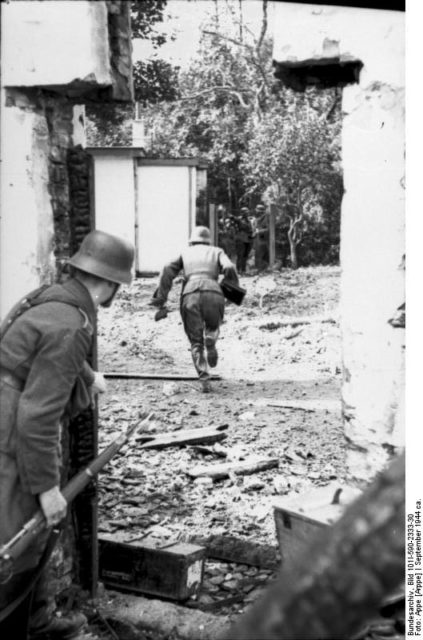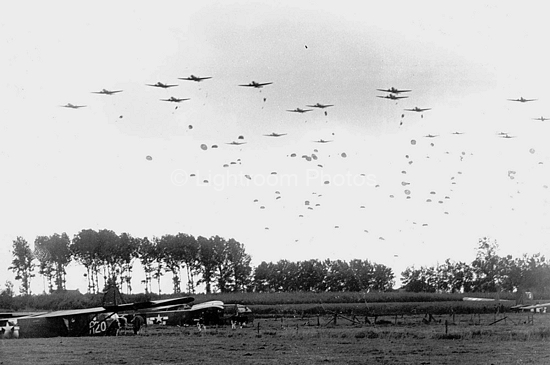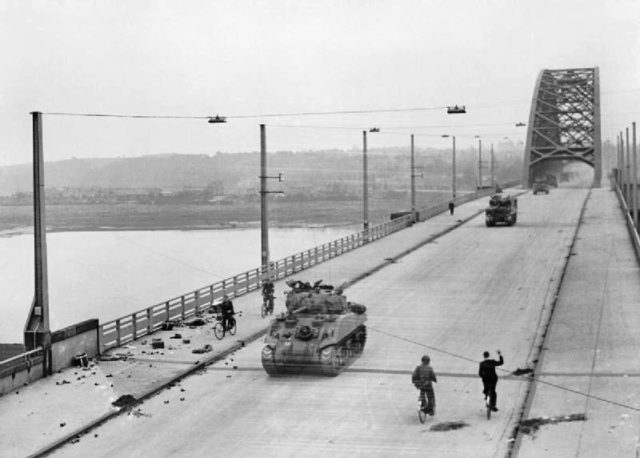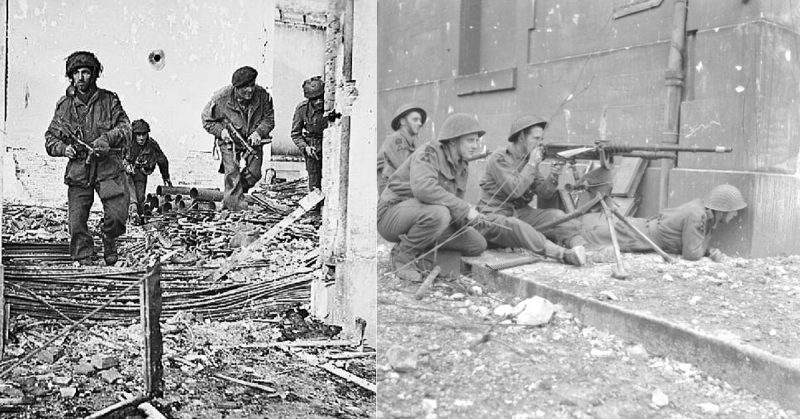Hotel Dreyeroord in Oosterbeek, 5km west of Arnhem holds a special place in the hearts of many British servicemen, but this year, plans have begun to demolish the building, clearing space to build houses and a nursing home.
Shortly after the plans were announced earlier this year, an online campaign started to save this iconic historical site. A petition aimed at the developer and the local municipal authority was started. The petition has gathered more than 15,000 signatures at the time of writing, and is still live. It can be found here.

This hotel that has stood for over 170 years is not a listed building and is standing in the way of a new development so is destined to be torn down. It was the key location in Operation Market Garden, an operation by the Allied forces to drive around the northern tip of the Siegfried Line to form the top pincer in a longer term plan to drive into the German industrial heartland.
There were to be two parts to this operation, in the first airborne troops were to take several bridges and the second land-based armoured troops would move rapidly over the captured bridges and consolidate their positions around Arnhem.

Approximately 12,000 parachute and glider troops took part in the operation but most landed well short of their intended targets, and they failed to take the bridges and canal crossing that they were supposed to take. The 1st Airborne Division, supported by the Polish Parachute Brigade, fought their way to the bridge at Arnhem while the Seventh Battalion, King’s Own Scottish Borderers dug in around Oosterbeek and the Hotel Dreyeroord became the headquarters of the British forces.
The German resistance from the 9th SS and 10th SS Panzer Divisions was fierce, and the Allied forces struggled to hold an ever shrinking beachhead around the hotel. Eventually, the fight descended into hand to hand combat using bayonets around the hotel building itself and in the foxholes dug in the grounds. The Allied losses in this battle were some 1,984 killed and 6,854 captured, with the 1st Airborne Division losing almost three-quarters of its members; 1,174 killed and 5,903 captured.

Many of the British dead were buried in the grounds of the hotel, but the bodies were moved and re-interred at the ‘Airborne Cemetery’ at Arnhem. After the war, Hotel Dreyeroord reopened for business, and it also became a place of pilgrimage for many people who travel the ‘liberation trail,’ the route Allied forces took during the campaign.
It is sad to think that this building which was such a focal point of the Battle of Arnhem in which so many men lost their lives, may be no more. A campaign has been launched, and an online petition has gathered many signatures and is still growing.
